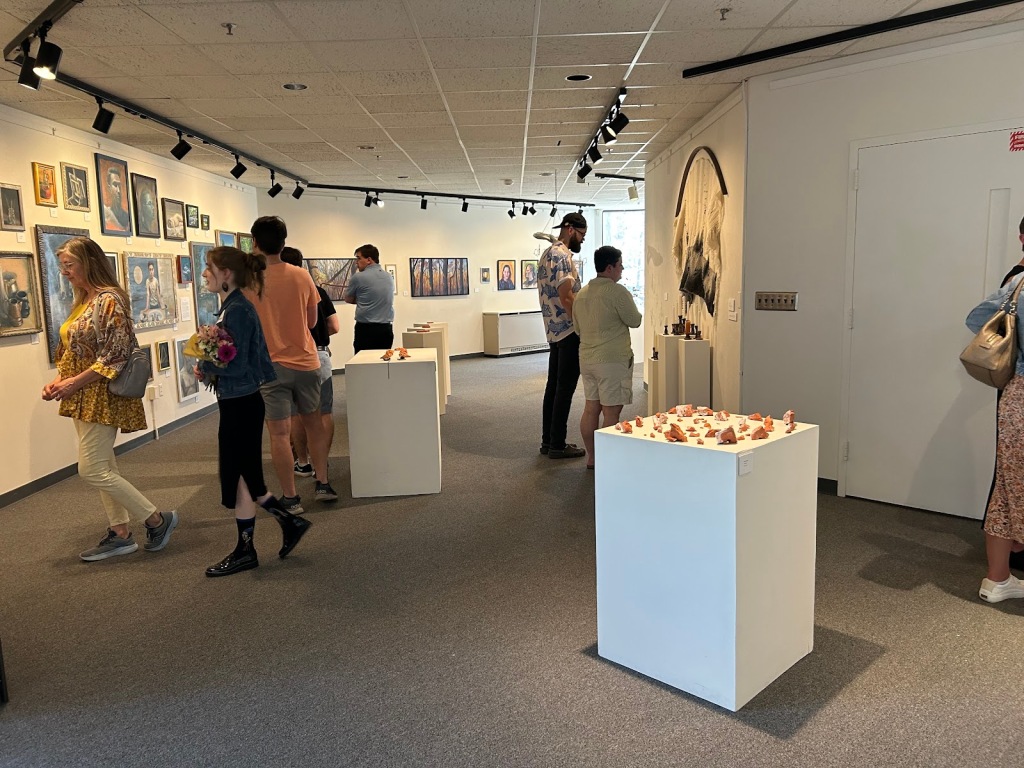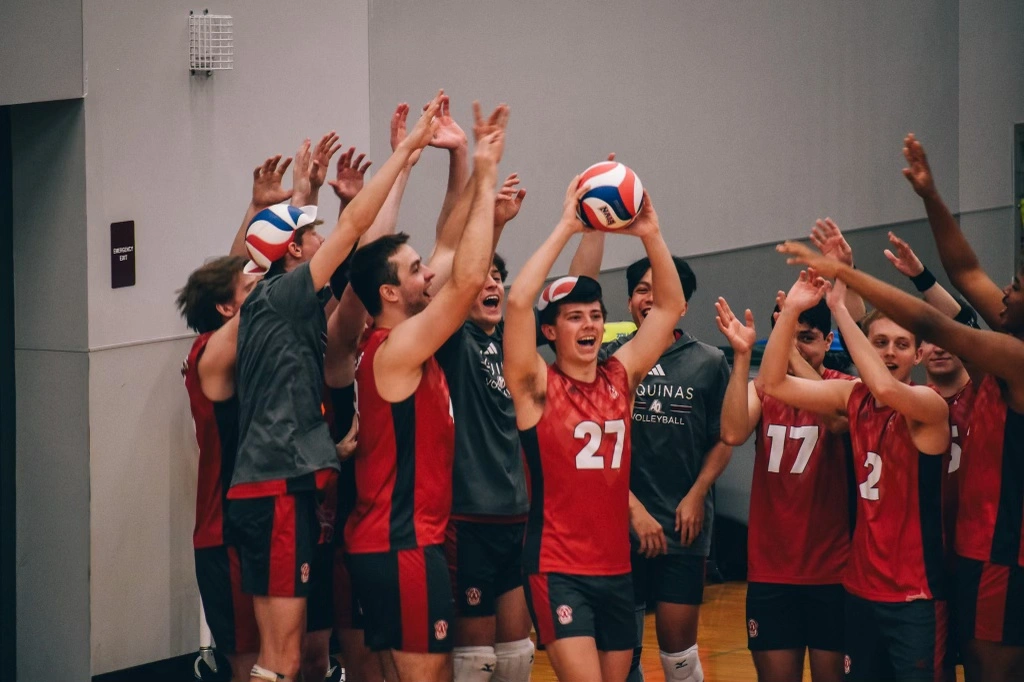
Small pot of Ethiopian coffee at GoJo Ethiopian Cuisine
Story by Yashowanto Ghosh, Staff Writer
Photo courtesy of Yashowanto Ghosh
“There are three Ethiopian restaurants in Grand Rapids, MI.,” said Google. “Little Africa, Gursha, and GoJo.”
I already knew about Little Africa—when you walk to Buffalo Tobacco Traders from campus, it’s two doors before your destination—but I never stop there (it’s a vegetarian restaurant). I had never heard of Gursha, probably because it’s far away from campus on Kalamazoo Ave. near 44th St. SE.
GoJo Ethiopian Cuisine is in the little strip mall on Norwood Ave. SE right behind Wolfgang’s.
Ethiopia is the place where humans first started drinking coffee, and Ethiopia has always had one of the world’s finest coffee cultures. Arthur Rimbaud quit writing poetry to become a merchant of coffee in Ethiopia. The first thing I asked for at GoJo was Ethiopian coffee, and they brought me a full-bodied medium roast. I liked it a lot, although I can’t promise to give up poetry for it—not if I were as good as Rimbaud, at least. What you see behind the coffee pot and the cup in the photograph is the incense that came with my coffee, and its smell made an interesting foil for the coffee’s own smell. They said they can even do the famous Ethiopian coffee ceremony, but only if you give them a couple of days’ notice (they hire someone to perform the ceremony at your table).
As I drank my coffee and waited for my sampler combo, I took in the setting: There’s an ethnic theme, featuring, for example, the thatched roof you see in the photograph’s background. You’ve surely seen similar overt attempts at evoking the exotic at restaurants serving food from any number of cultures, and I’ve always wondered why. If I don’t know Ethiopia, then the decor would be meaningless to me; if I do know Ethiopia, then the food itself would (or, at least, should) be more effective than any decor … oh, well. On the other hand, I did like the music they were playing from a television screen above the door, and they told me it was traditional Ethiopian instrumental music. If an Ethiopia does exist in our collective unconscious, then that music and the smells (of the coffee and the incense) might indeed, in spite of the visuals, actually make it begin to stir.
Two other things caught my eye: A setup for a buffet and a sink. They explained that, although they don’t have a buffet right now, they’re considering offering one in the future; the sink is there for you to wash your hands before eating with them.
Why would you eat with your hands? In an Ethiopian meal, everything is served on a flatbread called injera—large enough to cover the plate—with more rolled-up injera on the side. You tear off bite-sized pieces of injera and use them to pick up the entrées and the sides. You use your hands on the injera, but, if you do it right, then only the injera (and not your hands) would touch the rest of your food. Fresh injera is spongy—you can even pick up gravy with it (but day-old injera is more rubbery). When my food arrived, the injera was fresh and soft. They said that if you ask (and if you give them 15 to 20 minutes to prepare it), they can even serve teff injera—injera made not from regular flour, but, rather, from the flour of teff, which is a species of grass native to the Horn of Africa—which is the traditional (and naturally gluten-free) version.
The sampler consisted of beef, chicken, lentils, a salad, and an assortment of vegetable dishes. I loved the beef, I liked the lentils, and I even ate the chicken (I don’t normally eat chicken). Among the vegetable dishes, there was one with potatoes and cabbage that I didn’t much care for, but the red beets, the split peas, the greens—and even the salad—were all quite perfect in both taste and texture. I did finish the sampler, but I was very full afterward, and it could easily have fed two people as advertised.
Their online menu doesn’t mention prices, which can make you wonder, but the in-store menu does, and the prices aren’t off the charts either: My coffee cost $5, and the sampler was $17.
The in-store menu also features several additional dishes beyond the online menu. I’m likely to go back and try their lamb (and more coffee).
About the Writer…
 Yashowanto Ghosh is a senior with a major in communication and minors in journalism and writing. Jasho is also an alumnus of Aquinas (B.A. German ’11).
Yashowanto Ghosh is a senior with a major in communication and minors in journalism and writing. Jasho is also an alumnus of Aquinas (B.A. German ’11).





Leave a comment